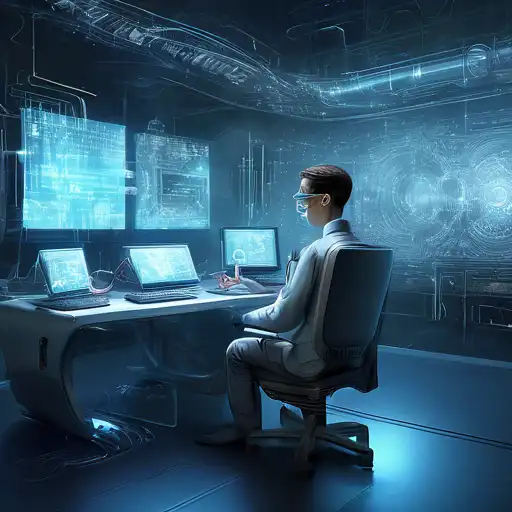Introduction to Computer Vision Technology
Computer vision technology has seen remarkable advancements in recent years, transforming how machines interpret and understand the visual world. From facial recognition systems to autonomous vehicles, the applications of computer vision are vast and varied. This article explores the latest innovations in computer vision technology and their implications for the future.
Key Advancements in Computer Vision
The field of computer vision has evolved significantly, thanks to advancements in artificial intelligence (AI) and machine learning (ML). Here are some of the most notable developments:
- Deep Learning Models: The use of convolutional neural networks (CNNs) has greatly improved the accuracy of image recognition tasks.
- Real-time Processing: Enhanced algorithms and hardware have enabled real-time analysis of video feeds, opening new possibilities for surveillance and monitoring.
- 3D Image Reconstruction: Techniques for reconstructing three-dimensional images from two-dimensional inputs have seen significant improvements, benefiting fields like medical imaging and robotics.
- Augmented Reality (AR): Computer vision is at the heart of AR technologies, enabling immersive experiences in gaming, education, and retail.
Applications of Advanced Computer Vision
The advancements in computer vision technology have led to its adoption across various industries. Some of the most impactful applications include:
- Healthcare: From diagnosing diseases through medical imaging to assisting in surgeries, computer vision is revolutionizing healthcare.
- Automotive: Autonomous vehicles rely heavily on computer vision for navigation and obstacle detection.
- Retail: Cashier-less stores and personalized shopping experiences are becoming a reality with computer vision.
- Security: Enhanced surveillance systems use computer vision for facial recognition and anomaly detection.
Challenges and Future Directions
Despite its advancements, computer vision technology faces challenges such as privacy concerns, the need for large datasets, and computational costs. However, ongoing research in areas like edge computing and federated learning promises to address these issues. The future of computer vision is bright, with potential breakthroughs that could further blur the lines between the digital and physical worlds.
For more insights into how AI is transforming industries, check out our article on The Role of AI in Modern Healthcare.
Conclusion
The advancements in computer vision technology are paving the way for innovative applications that were once considered futuristic. As the technology continues to evolve, its impact on society and industries will only grow. Staying informed about these developments is crucial for businesses and individuals alike to leverage the opportunities they present.
